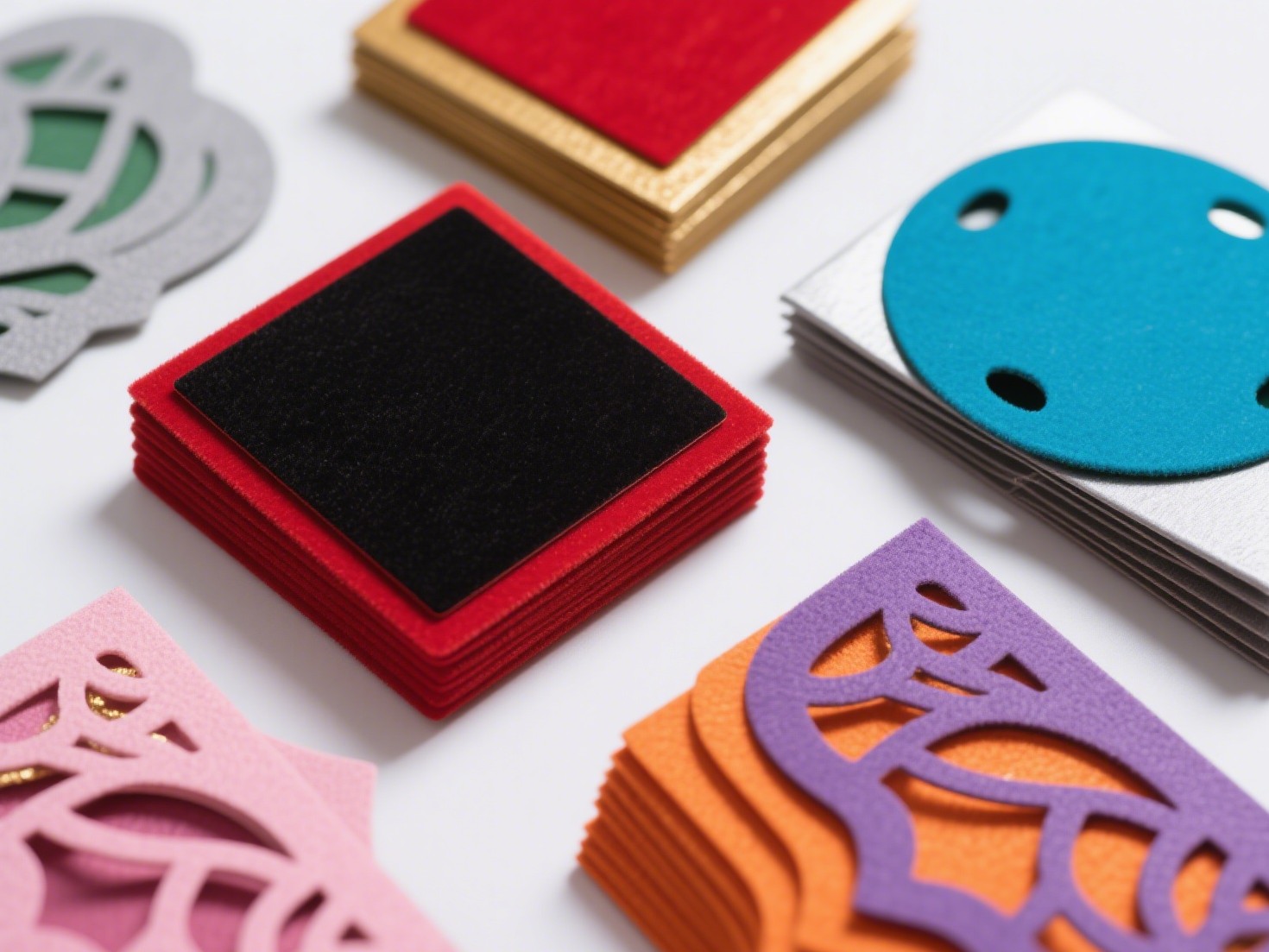Walking is one of the simplest yet most effective forms of exercise, promoting cardiovascular health, enhancing mood, and improving overall well-being. However, the benefits of walking can be significantly diminished if you’re not wearing the right footwear. So, what is a good walking shoe? This article delves into the essential features, materials, and considerations that make a walking shoe not just good, but great.
Understanding the Anatomy of a Walking Shoe
Before diving into the specifics, it’s crucial to understand the anatomy of a walking shoe. A good walking shoe typically consists of several key components:
- Upper: The upper part of the shoe is responsible for providing support and comfort. It should be made from breathable materials to keep your feet cool and dry.
- Midsole: This is the cushioning layer that absorbs shock and provides support. A good midsole should offer a balance between cushioning and responsiveness.
- Outsole: The outsole is the bottom part of the shoe that makes contact with the ground. It should provide traction and durability, especially if you plan to walk on various surfaces.
- Heel Counter: This is the part of the shoe that wraps around the heel, providing stability and preventing excessive movement.
- Toe Box: A spacious toe box allows your toes to move freely, reducing the risk of blisters and discomfort.
Key Features of a Good Walking Shoe
When searching for the perfect walking shoe, consider the following features:
- Fit and Comfort
The most critical aspect of any walking shoe is the fit. A good walking shoe should feel snug but not tight. Ensure there’s enough room in the toe box for your toes to wiggle, and the heel should fit securely without slipping. It’s advisable to try on shoes at the end of the day when your feet are slightly swollen to get the best fit.
- Cushioning and Support
Walking shoes should provide adequate cushioning to absorb impact while also offering support to your arches. Look for shoes with EVA (Ethylene Vinyl Acetate) or polyurethane midsoles, as these materials offer excellent shock absorption. If you have specific foot conditions, such as flat feet or high arches, consider shoes designed for your foot type or consult a podiatrist for recommendations.
- Weight
Lightweight shoes can enhance your walking experience, reducing fatigue over long distances. However, don’t compromise on support and cushioning for the sake of weight. Look for a shoe that strikes a balance between being lightweight and providing the necessary support.
- Traction
The outsole material and tread pattern are crucial for traction, especially if you walk on varied terrains. Rubber outsoles with a good grip can prevent slips and falls, making them ideal for outdoor walking.
- Breathability
A breathable upper material, such as mesh, allows for airflow, keeping your feet cool and reducing moisture buildup. This feature is particularly important for long walks, as it helps prevent blisters and discomfort.
Additional Considerations
- Walking Style and Terrain
Your walking style and the terrain you frequent should influence your shoe choice. If you walk primarily on pavement, a road-specific walking shoe with a flatter sole may be ideal. Conversely, if you enjoy hiking or walking on trails, look for shoes with more aggressive treads and additional support.
- Durability
Investing in a durable walking shoe can save you money in the long run. Look for shoes made from high-quality materials that can withstand regular use. Check for warranties or guarantees offered by manufacturers, as these can be indicators of durability.
- Aesthetics
While functionality is paramount, aesthetics also play a role in your choice. A shoe that you find visually appealing may encourage you to wear it more often, thus promoting a more active lifestyle.
Conclusion: Finding Your Perfect Walking Companion
In summary, a good walking shoe is one that fits well, provides adequate cushioning and support, and is suitable for your walking style and terrain. By considering the features outlined in this guide, you can make an informed decision that enhances your walking experience. Remember, the right shoe can not only improve your comfort but also contribute to your overall health and well-being. So, take the time to find your perfect walking companion and step into a healthier lifestyle!

